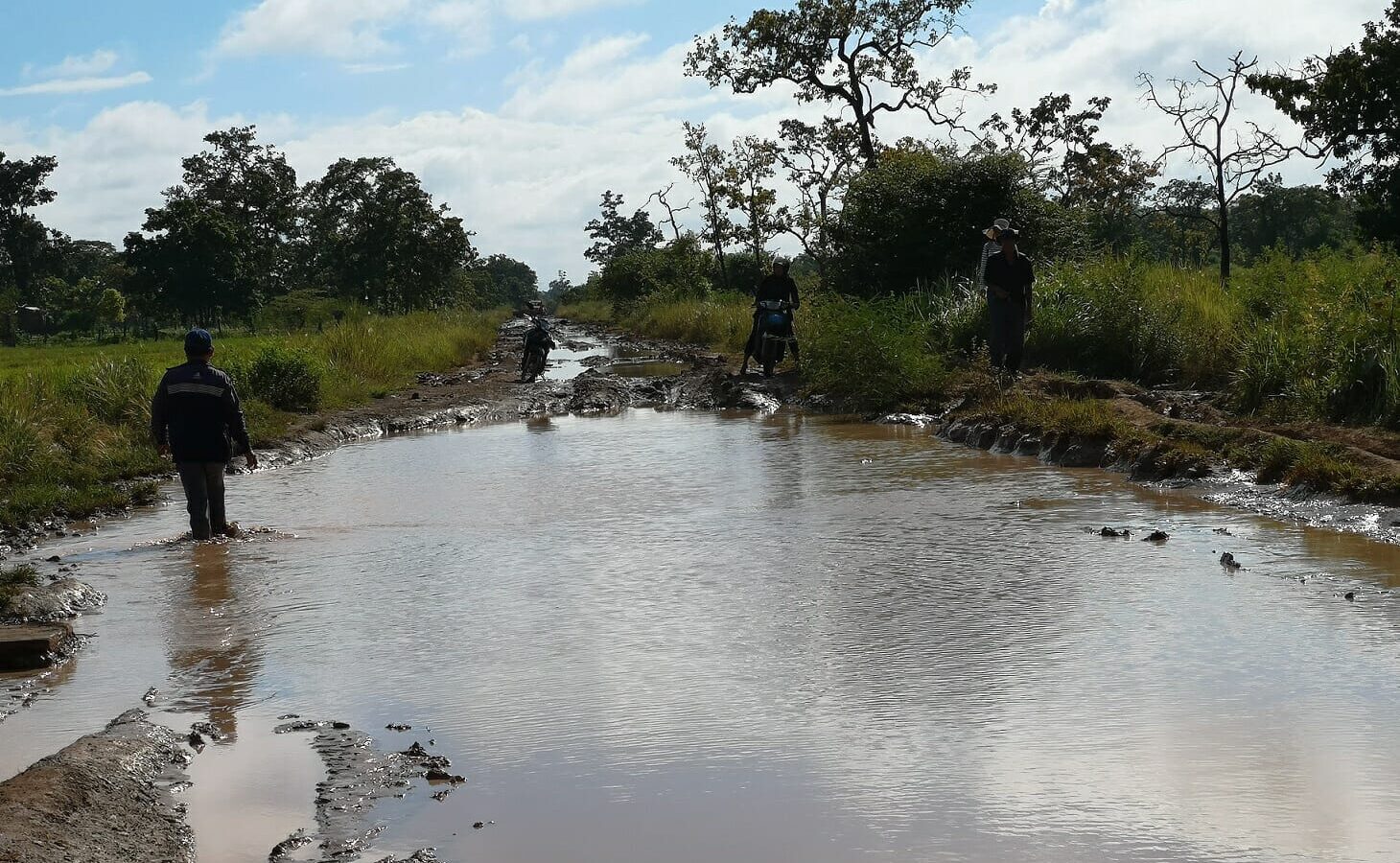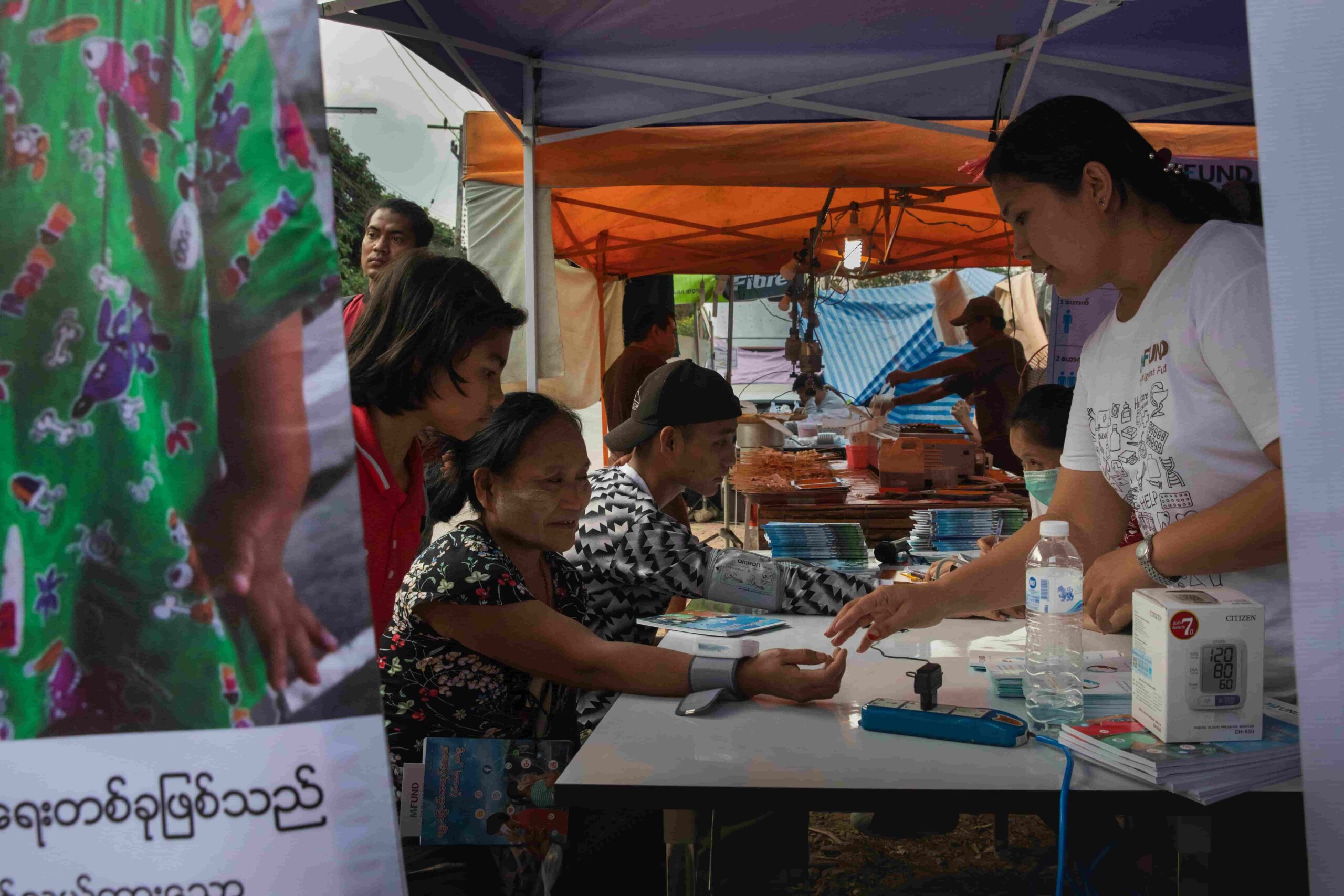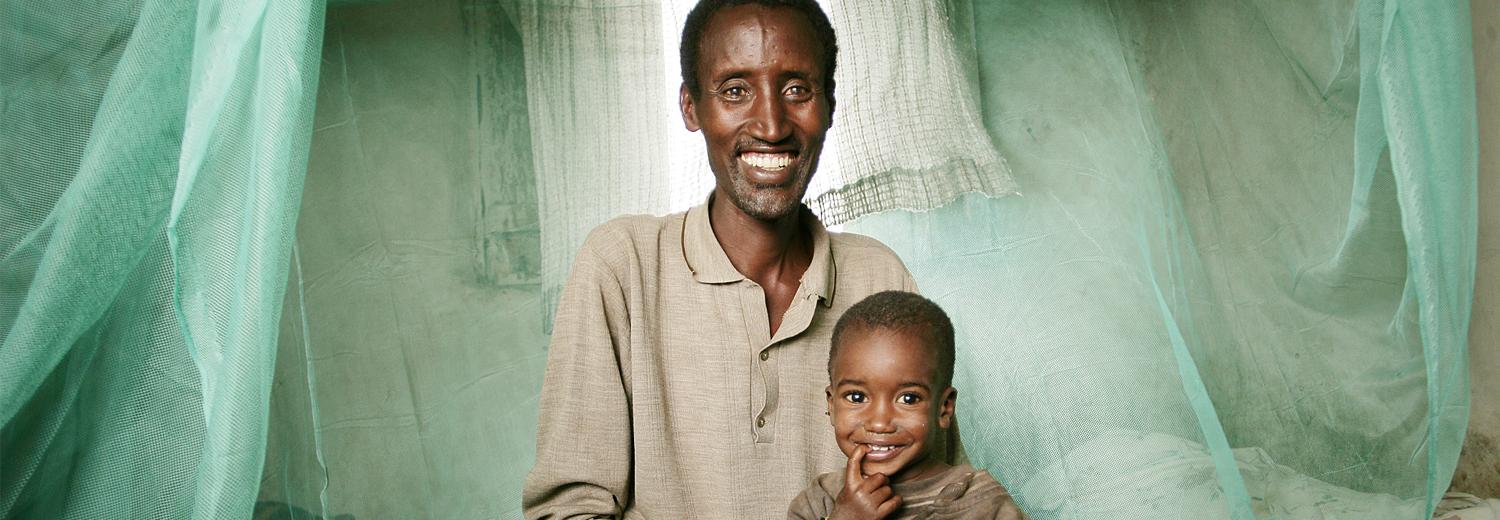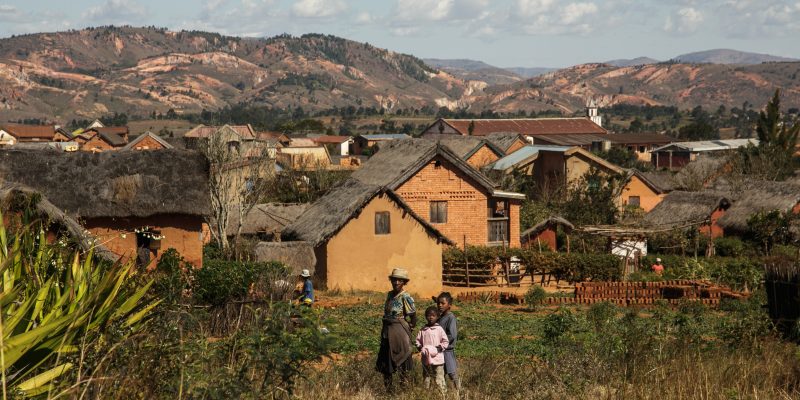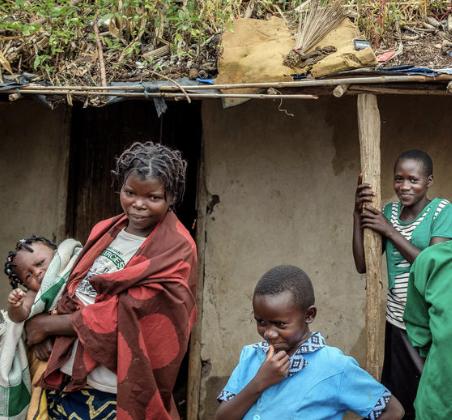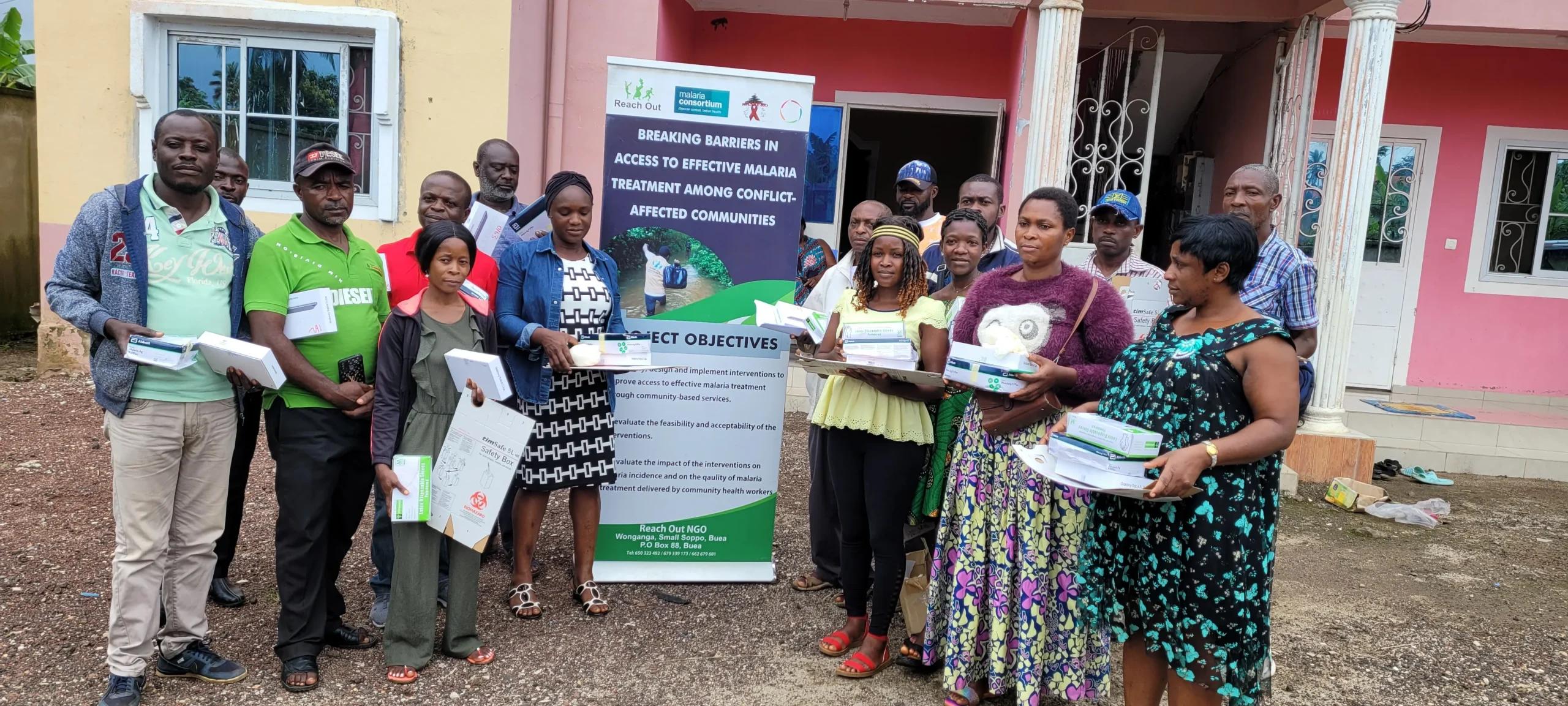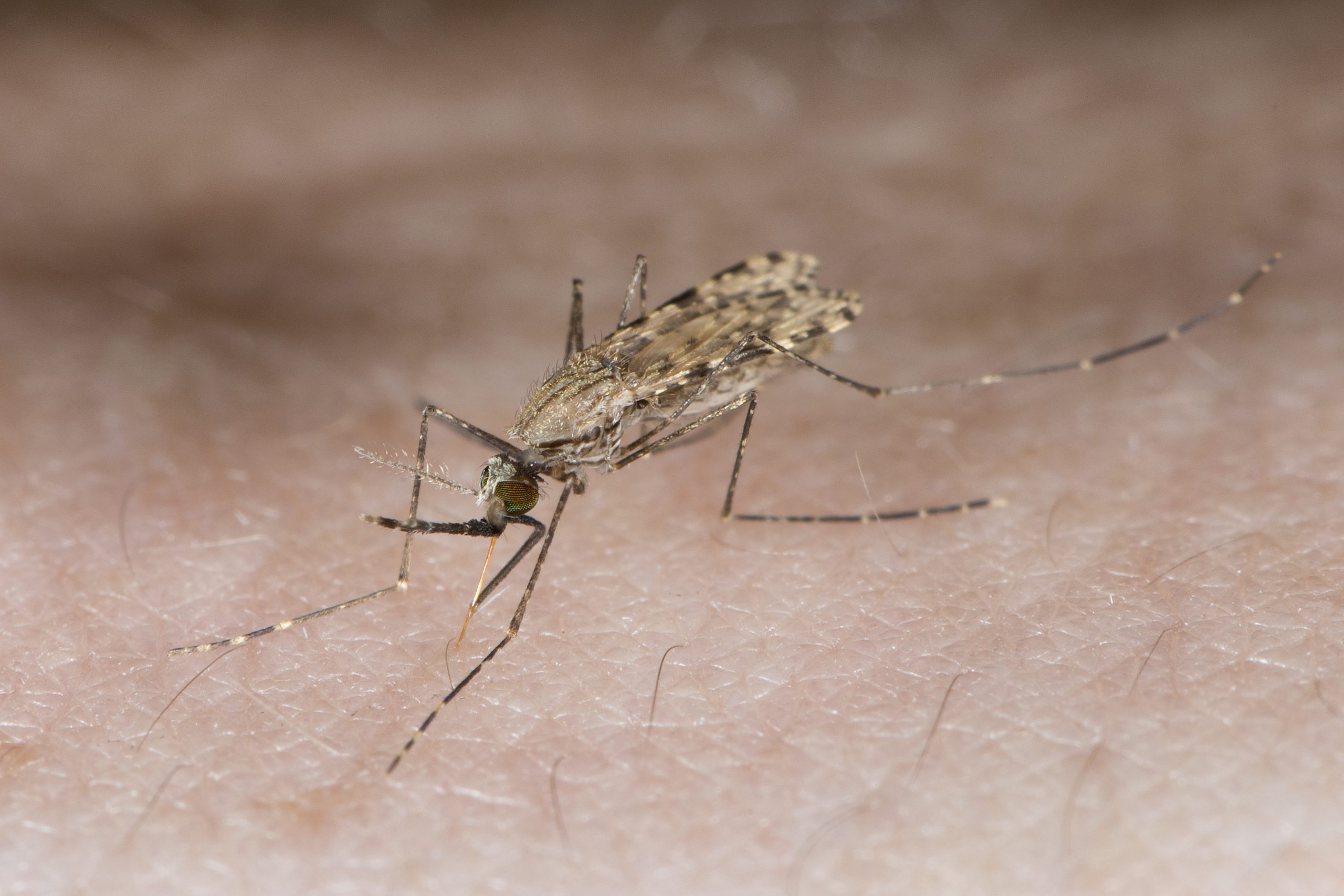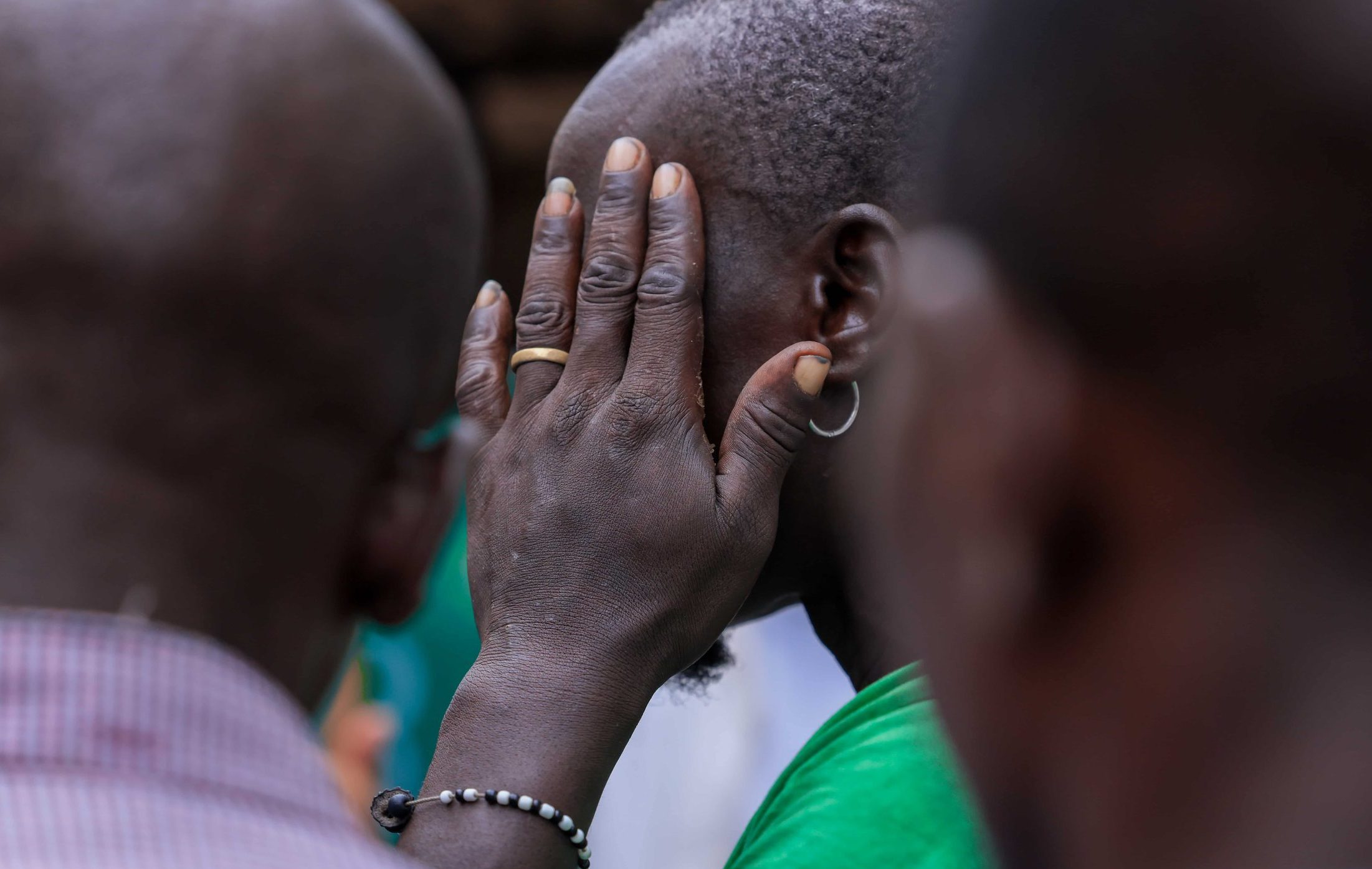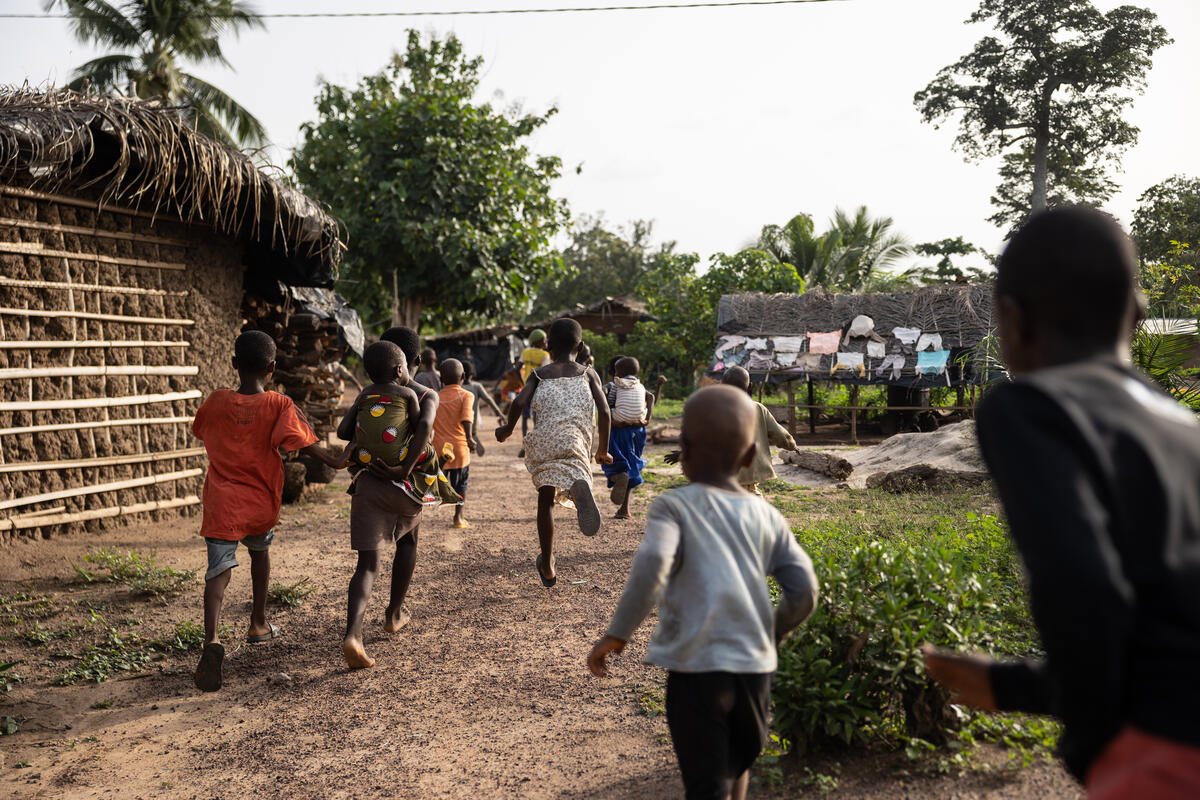Fighting malaria in remote areas: the example of Cambodia
Over the past decade, malaria morbidity and mortality have declined significantly in Cambodia. Although in 2018 the country declared zero malaria mortality for the first time, malaria elimination remains in jeopardy.
“In Cambodia, unlike in Africa, the majority of mosquitoes that transmit malaria are found in forest areas. That is where people are infected,” explains Patrice Piola, a researcher at the Pasteur Institute of Cambodia. The persistence of the infectious disease in rural Cambodia is therefore mainly attributed to people passing through or living in forests. However, the mechanisms of malaria transmission in forest environments have not yet been studied and probably have several specificities, implying control measures specific to the forest and its populations.
Reaching remote populations
In Cambodia, the mobile and migrant population of forest workers, such as loggers, comes from the country’s remote provinces but also from neighboring countries (Vietnam, Thailand and Laos). Around 7,000 forest workers are identified on the national territory, 90% of whom are men. These workers leave their villages in the morning to work in the forests, sometimes for several days. However, in Cambodia, the main risk factor associated with malaria is the greater nocturnal activity of malaria-carrying mosquitoes. The families of these workers, estimated at 30,000 people for the forests studied by the Pasteur Institute of Cambodia , live in or around the forests. Although they have access to the health system, many of them suffer from malnutrition and diseases such as tuberculosis and malaria. In addition, forest dwellings are often completely or partially open to the outside, and impregnated mosquito nets are not used perfectly. The risk of infection with malaria imported from the forest is thus increased.
Faced with this observation, the Pasteur Institute of Cambodia proposed to study the mechanisms of malaria transmission in forests, in order to improve strategies aimed at rapidly eliminating the parasite reservoir through community interventions in forests. “The first step is to understand the epidemiology of malaria in forest areas, then to eliminate it with appropriate interventions. Currently, action against malaria is taking place outside the forests. Since 2018, community agents have been moving into the forest without staying there. The permanent installation of our project at the heart of the reservoir of this disease gives us hope that it will be possible to reduce it in the forest and in the surrounding health centers. For this project, we have therefore chosen to collaborate with wood cutters whom we equip and train. Our study forests are sectorized and in each sector, a worker carries out the study procedures, which mainly consist of an electronic questionnaire and blood samples,” explains Patrice Piola. Worth more than one million euros and lasting almost three years, this project is the result of a partnership with the national malaria control program and the NGO Partners for Development.
Documenting and preventing malaria transmission
In 2019 , the Pasteur Institute of Cambodia and its partners set up the first network of forest workers specializing in the fight against malaria in forests. Nearly 600 square kilometers of forest areas in Mondulkiri, Stung Treng and Kratie were covered by 30 agents, recruited from among the forest inhabitants themselves. They worked closely with local communities and collected data from 3,179 workers. This data provided a better understanding of the epidemiology of malaria within the forest areas studied.
In 2020, network agents reached out to their peers, offering testing: people who tested positive for malaria were treated. At the same time, forest workers were prescribed monthly intermittent preventive treatment. The effectiveness of the preventive treatment was assessed in three cross-sectional studies between September 2020 and January 2021. In October 2020, following the rainy season that usually has the highest annual malaria notifications, only 28 cases of Plasmodium falciparum, the malaria species responsible for fatal cases, were reported in all health centers in Cambodia. The first results of the study, as well as recommendations to reduce the incidence of malaria in Cambodian forests, have been published by the Pasteur Institute of Cambodia ( Choosing interventions to eliminate forest malaria: preliminary results of two operational research studies inside Cambodian forests ).
